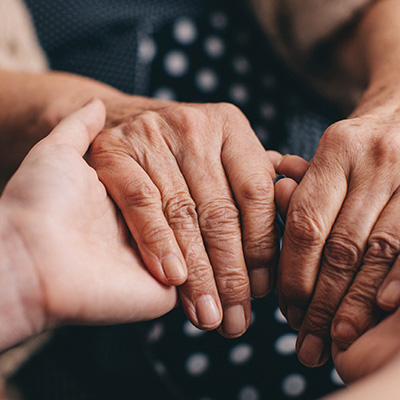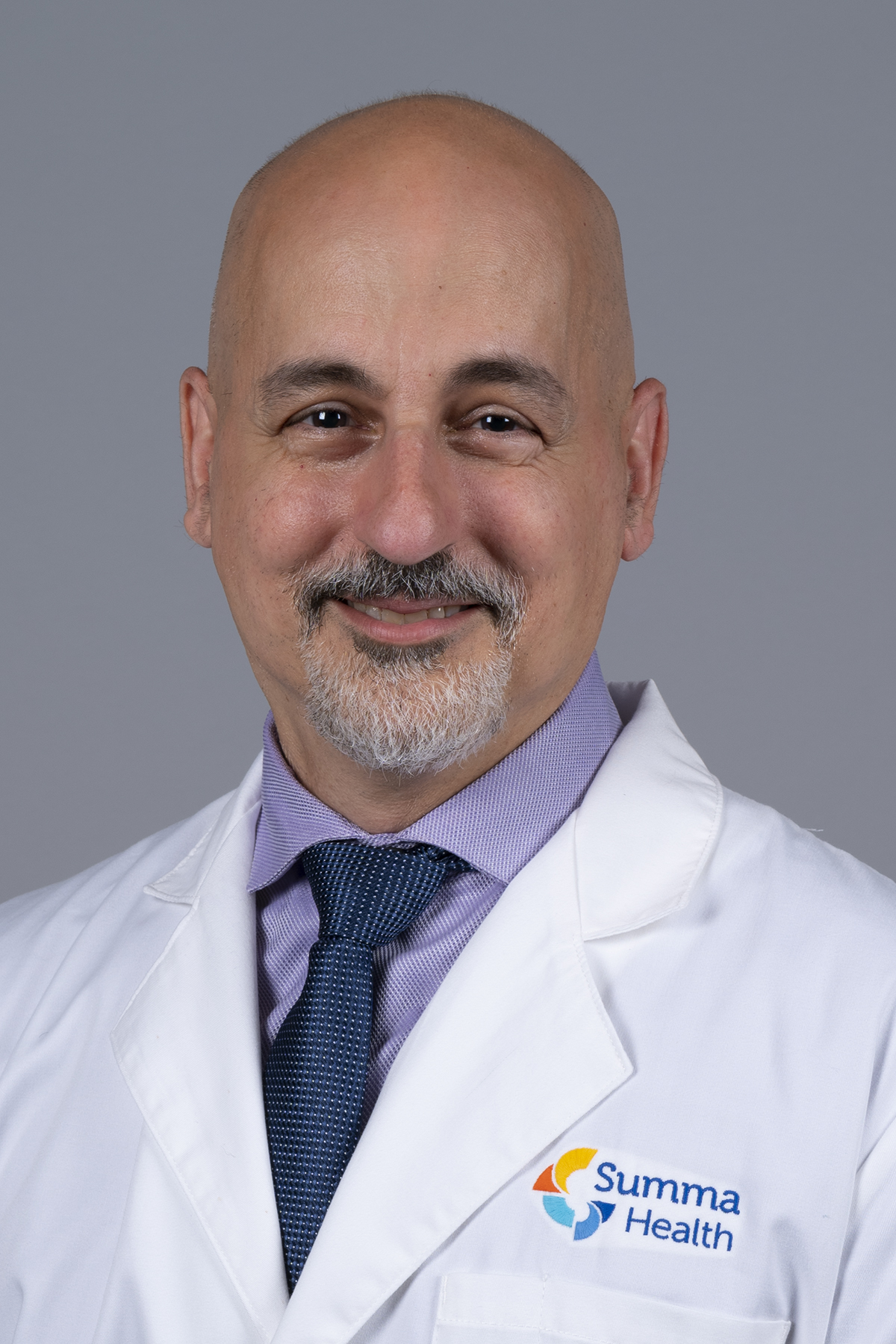First-Aid Dos and Don’ts When Helping Someone Having a Seizure
Posted April 10, 2023 by Marvin Rossi, M.D., Ph.D.

It may come as a surprise, but seizures are actually a common condition. According to the U.S. Centers for Disease Control and Prevention, about 1 out of 10 people may have a seizure during their lifetime. With stats like that, you may one day find that you need to help someone during or after a seizure.
Witnessing a person having a seizure can be a truly scary event, but following general first-aid guidelines can help you provide the right care to keep a person safe.
Seizures can range from simple partial seizures, where a person briefly loses conscious activity, to focal or complex partial seizures, where a person is unresponsive and stares blankly, to the most generalized seizure that affects the entire brain. A person having a generalized seizure may fully lose consciousness and may fall, shake aggressively and have difficulty breathing. Though there are many types of seizures, most end within a few minutes.
Here are general dos and don’ts when helping someone having a seizure of any type and when you should dial 9-1-1. There isn’t much you can do to stop a seizure once it starts, but there are simple steps you can take to protect a person having a seizure from harm.
Dos for seizure first aid:
- Do remain with the person until the seizure ends and the person fully awakes.
- Do help the person up and assist him in sitting in a safe place after the seizure. Comfort the person and speak calmly about what happened.
- Do check to see if the person is wearing a medical bracelet for a rescue plan and other emergency information.
- For generalized (convulsive) seizures, do ease the person to the floor and turn him gently onto one side to help the person breathe. To prevent injury, clear the area around the person of anything hard or sharp and put a soft object under the person’s head.
- Look at your watch to time the seizure. If it lasts more than five minutes, dial 9-1-1.
Don’ts for seizure first aid:
- Don’t try to hold a person down or try to stop the person’s movements.
- Don’t put anything in a person’s mouth during the seizure. This can injure his teeth or jaw. It’s a fact a person cannot swallow his tongue.
- Don’t try to give CPR or mouth-to-mouth rescue breathing during the seizure. People normally start breathing on their own again once the seizure ends.
- Don’t offer a person food, water or medications until he is fully awake and alert.
When to seek emergency care for someone having a seizure
In many cases, seizures do not require emergency medical attention. However, dial 9-1-1 if the person:
- Has never had a seizure before.
- Has difficulty breathing or waking after a seizure.
- Has a seizure that lasts longer than five minutes.
- Has a second seizure soon after the first one without regaining consciousness.
- Is hurt during the seizure.
- Has a seizure in water, such as a pool or bathtub.
- Has an underlying health condition, such as diabetes, heart disease or is pregnant.
About Summa Health’s Comprehensive Epilepsy Center
The Summa Health Comprehensive Epilepsy Center is one of the country’s only population health-centric epilepsy treatment centers. We offer individuals afflicted with epilepsy-associated challenges:
- Cutting-edge medical therapies.
- State-of-the-art surgical options, ranging from minimally invasive laser ablation therapy to implantable devices.
- Epilepsy-specific diets.
- Behavioral health programs.
- Integrative therapies.
- A developing telehealth initiative.
Our epilepsy neurologists, advanced practice providers and team members work together to tailor medical and advanced surgical care options for at-risk and vulnerable populations under a population health model. In addition, they coordinate wraparound services for mental health challenges often co-occurring with epilepsy. Lastly, they educate patients, their families and caregivers to maintain preventive practices outside of the medical center.
For more information, please talk with your physician or call the Summa Health Comprehensive Epilepsy Center at 234.867.6970.
About the Author
Vitality eNews Sign Up
Receive the Summa Health eNewsletter for the latest health tips, advice and updates.


